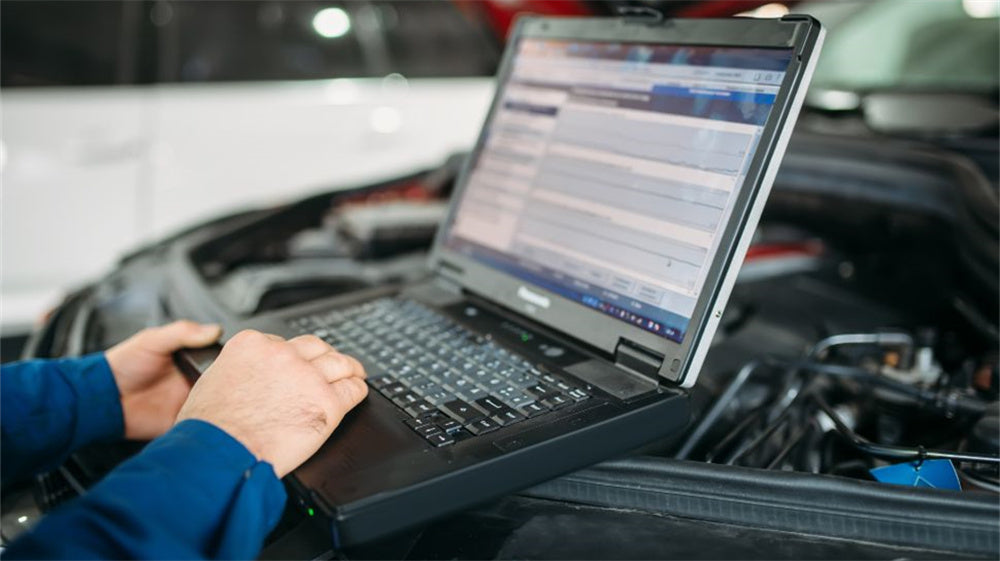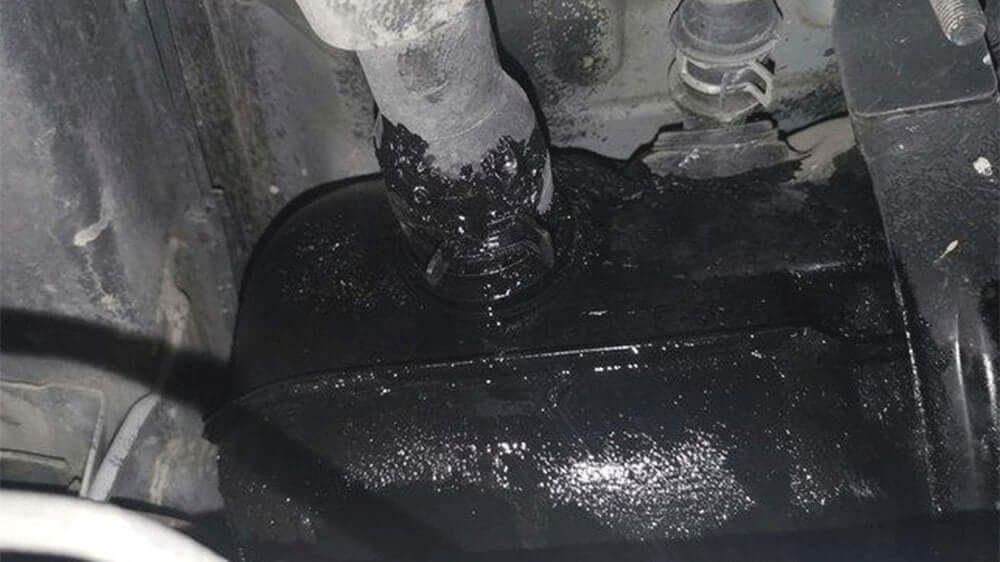
How to understand DTC codes( Diagnostic Trouble Code )
When the vehicle’s warning light illuminates, our first reaction is usually to connect a device to read the DTC codes. Interpreting these codes often helps to correctly identify the potential cause and location of the fault, though there can be errors in judgment. In reality, DTC codes typically serve as a reference to guide us in the right direction. Accurate diagnosis and repair require further analysis and inspection based on the current fault symptoms. Hence, understanding DTC codes meaning is crucial for effective troubleshooting.
The diagnostic connector we use is typically referred to as the obd2 terminals, and the OBD-II system uses hexadecimal notation, which includes the digits 0-9 and letters A-F.For example, if the fault code is P029F, the next code could be P02A0.
Mechanisms Behind Fault Code Generation:
- Sensor Signal Errors: These occur due to sensor malfunctions or wiring issues.
- Control Logic Errors: When the control unit receives conflicting information that it cannot process, leading to stored fault codes, though these may not always point to the exact fault area. Analysis based on the control logic of related components is required.
What are DTC Codes:
Typically, fault codes consist of five characters: the first is a letter, followed by four digits.

Second Character in the OBD2 Fault Codes:
OBD2 Fault Codes Starting with "P0": These are ISO standard control codes (e.g., P0099), consistent across all manufacturers and predefined by ISO/ASE. They include:
- P0100 series: Fuel and air metering.
- P0200 series: Fuel and air metering.
- P0300 series: Ignition system and misfire conditions.
- P0400 series: Auxiliary emission control systems.
- P0500 series: Vehicle speed, idle control systems, and auxiliary inputs.
- P0600 series: Internal control unit faults or dedicated circuits connecting control units.
- P0700 series: Transmission control functions.
- P0800 series: Transmission control functions.
- The last two digits specify particular subsystems or faults, like P0115 for the engine coolant temperature sensor.
OBD2 Fault Codes Starting with "P1": These are manufacturer-specific codes (e.g., P11xx) determined by the car manufacturer but can also be standard.
OBD2 Fault Codes Starting with "P2": These are standard fault codes defined by SAE/ISO, with some being reserved or published.
OBD2 Fault Codes Starting with "P3": These are also standard fault codes. They include:
- P30xx, P31xx, P32xx: Fuel and air metering, and auxiliary emission control devices.
- P33xx: Ignition system misfires.
- P35xx to P39xx: Reserved standard codes.
Third Character in the OBD2 Fault Code:
The third character in codes like P0x00 identifies the system or subsystem where the fault occurred.
Fourth and Fifth Characters:
These indicate the specific conditions that triggered the fault code, detailing the actual component or specific fault name, ranging from 00 to 99.

OBD-II Fault Code Terms:
1.Open/Short Circuits:
Open Circuit: Break in the circuit from the battery to the fuse or defective fuse/switch.
Short Circuit: Direct connection between power and ground.
2.Range/Performance:
Indicates values are within normal ranges but incorrect for the current conditions.
3.Circuit Low/High:
Refers to circuit voltages or other characteristics being below or above normal operating ranges.
4.Bank:
Refers to cylinder groups sharing a common control sensor; Bank 1 includes cylinder 1, Bank 2 is the opposite bank.
5.Sensor Location:
Indicates sensor position relative to engine airflow or fuel flow, in sequential order.
6.Left/Right and Front/Rear:
Position relative to the driver's seat.
7.A, B:
Manufacturer-specific designations.
8.Intermittent/Erratic:
Signals that are temporarily discontinuous but not considered open or short circuits.
Conclusion:
Understanding OBD-II fault codes is essential for diagnosing and resolving vehicle issues accurately. Fault codes guide the troubleshooting process, but effective repair requires combining these codes with a thorough analysis of symptoms and system behavior. Proper interpretation and follow-up inspection are key to ensuring precise and efficient vehicle repairs.















































































